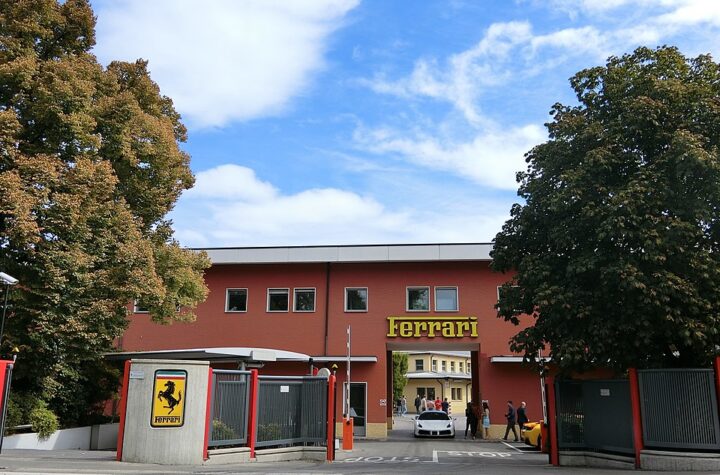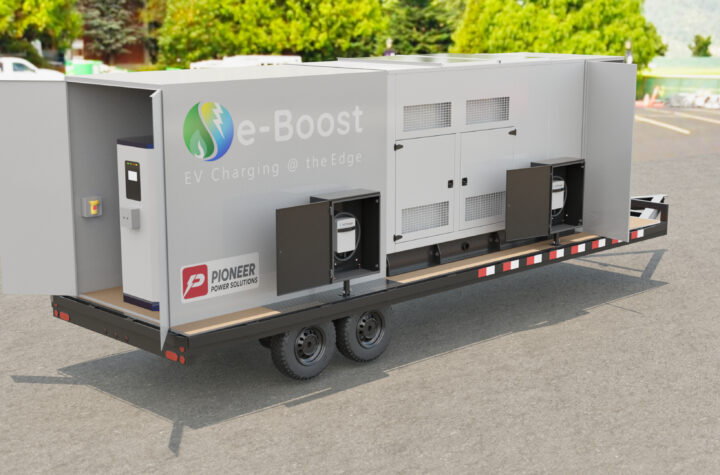
Gobs of product and money are stirring up the compact pickup segment.
The compact pickup truck segment has a colorful and at times almost weird history that includes frozen chickens, wood planks, indicted federal officials, plastic chairs, frontwheel- drive, early import domination and hot and cold sales cycles.
To begin the story, European taxes on imported American frozen chickens were countered, in 1963, by some unfathomable political reason, with a 25 percent tariff on light trucks, a tax that had virtually no effect on miniscule European truck imports into the U.S. but ultimately impacted the Asians. The oddity of the wood planks was that the planks were placed between the pickup box and frame on units coming from Asia so that slightly myopic federal employees could justify as parts, at a 4 percent tariff, vehicles that were clearly built-up trucks.  One innovative Asian bolted what looked like two plastic lawn chairs onto the bed of their trucks and convinced the American inspectors that the vehicles were cars, presumably with rumble seats. The indicted officials were the people who approved those oddities. As for the front-wheel-drive compact trucks, both Volkswagen and Chrysler at one time fielded light pickups of that particular driveline configuration, based on their unitized small-car platforms.
One innovative Asian bolted what looked like two plastic lawn chairs onto the bed of their trucks and convinced the American inspectors that the vehicles were cars, presumably with rumble seats. The indicted officials were the people who approved those oddities. As for the front-wheel-drive compact trucks, both Volkswagen and Chrysler at one time fielded light pickups of that particular driveline configuration, based on their unitized small-car platforms.
Through the 1960s and 1970s, before the domestics came into play, import brands or import-sourced units were the dominant players with Datsun (Nissan) the sales leader for many years. Ultimately, the majority of compact pickup production moved to the U.S. Ford and GM jumped into the market with larger and more conventional domestic units in 1982, followed shortly by Nissan and Chrysler. The combination of production capacity and higher gas prices lit a buyer fire, and compacts passed large pickups in 1986 and 1987. Then, as relative gas prices subsided and big-is-better became the dominant automotive theme, compact pickups steadily declined in importance, a tend that continued through 2004 even as fullsize pickups were earning a larger share.
In the face of lessening demand, great gobs of product money have poured into the segment. GM’s current offerings, Colorado and Canyon, were new for 2004. Dodge’s Dakota, Toyota’s Tacoma and Nissan’s Frontier are new for 2005.
Each of these updated offerings boasts of being longer, wider, internally larger and more powerful than the units they replaced, perhaps not a perfect situation if gas prices continue to rise, but correct if the big-is-better concept continues. These new 2005 compact pickups have heft and grunt that would embarrass many full-size pickups of five years ago as curb weights range up to 4,800 pounds and horsepower tops out at 265.
Additionally, Honda has been spending product money on a half-SUV/half-pickup unit that will draw some loyal buyers to their brand, supposedly as a 2006 model. Ford’s Ranger, for years the pack leader, now a bit long in the tooth, has been tweaked for 2005 with longer beds and new trim but is reported to have no extensive re-do on the short-term horizon.
At the time of this writing, gas prices continue to jiggle up and down and any volume/share projections would be improbable based on the outcome of the current unrest at the far end of the Mediterranean Sea. If gas prices go up drastically, compact sales will go up. If gas prices settle below $2.00, most people will live with those prices and segment shifts will be slow and moderate. But, regardless of the overall direction and size of the compact pickup segment, there is going to be a knock-down fight within the segment as the contenders and the incumbent fight over the sales crown.














More Stories
Horse Logos In Cars – Car Brands With Equine History
Durable Engine Labels for Harsh Automotive Conditions
How Does Motorcycle Transport Work? Costs, Methods & Companies